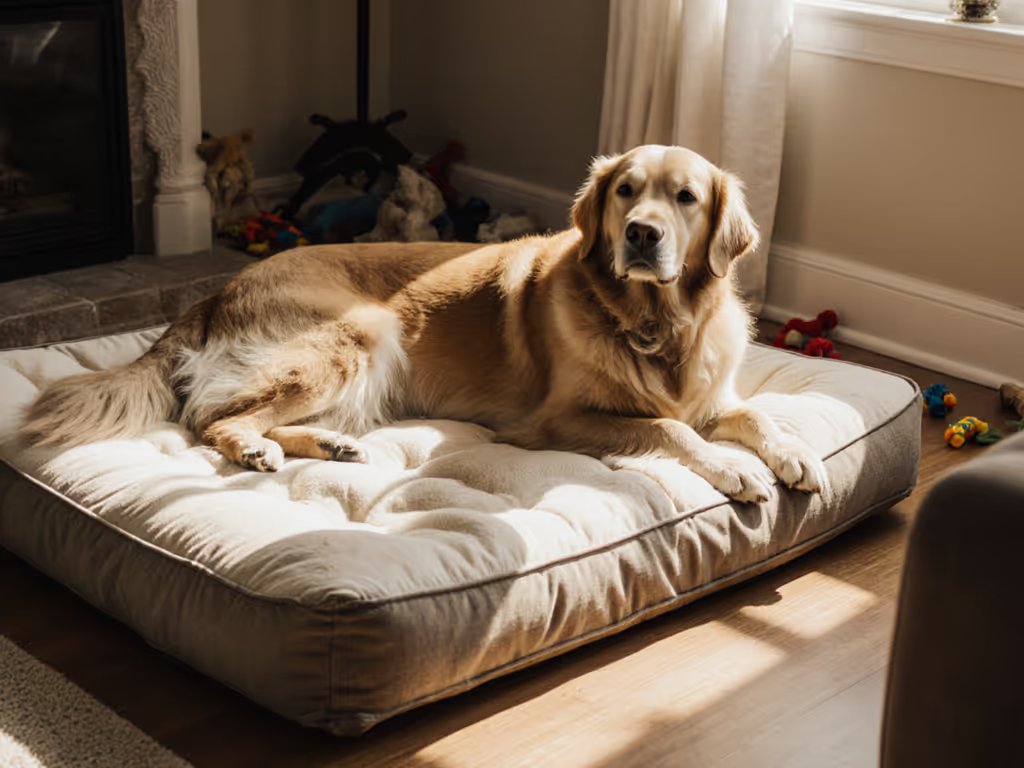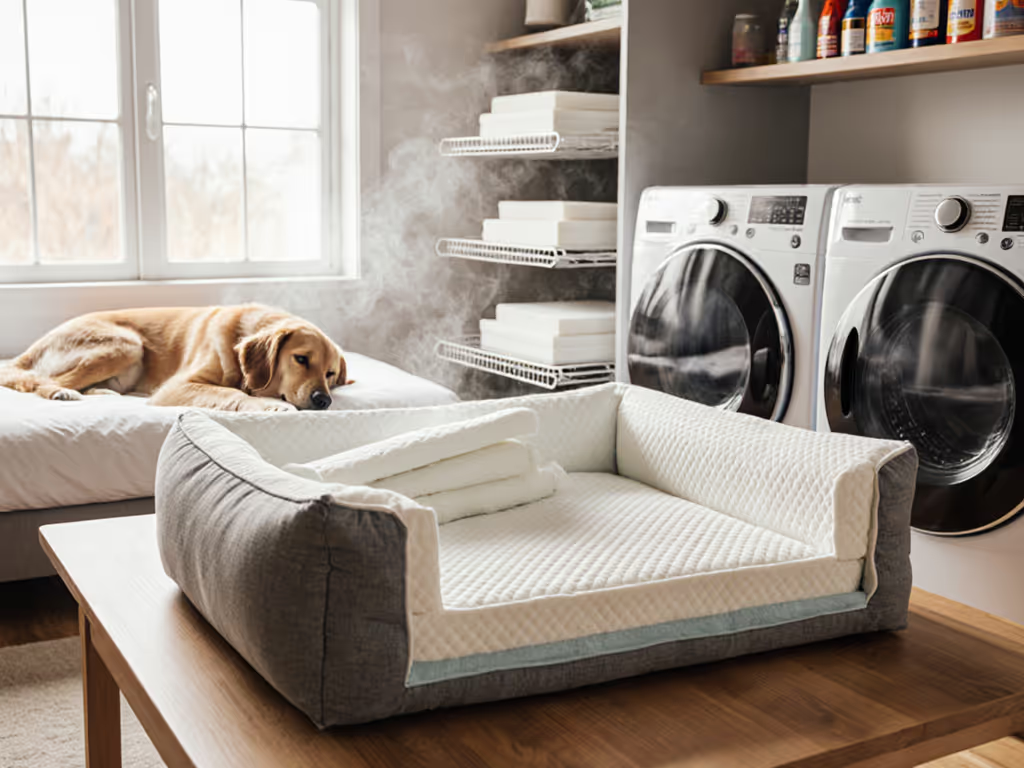
Dog Bed By Life Stage: Right Fit From Puppy To Senior
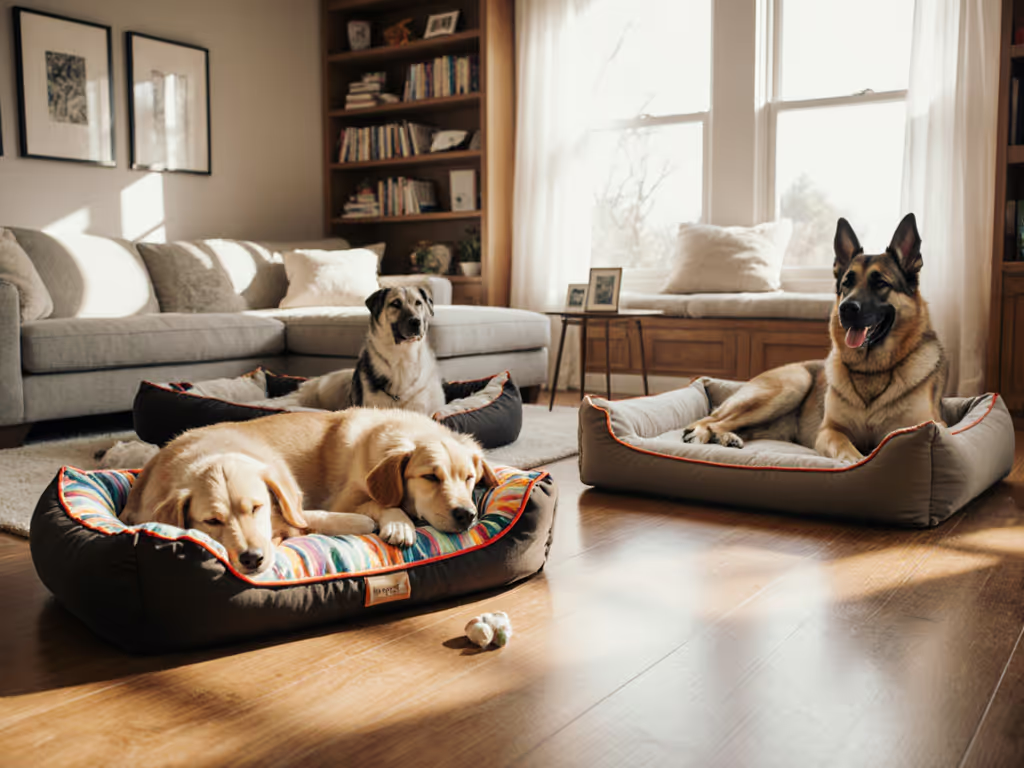
Choosing the best dog bed for small senior dogs or navigating dog bed by life stage needs is rarely as simple as matching breed to a size chart. I've analyzed dozens of wear-test reports and owner logs showing how beds fail not from quality deficits, but from misalignment with a dog's evolving physical needs. A bed perfect for a rambunctious terrier puppy often becomes unusable by age 10, either too small for their mature frame or lacking the orthopedic support their aging joints require. This isn't about hype or aesthetics; it's a lifecycle calculation. Spend once, maintain smart, and you'll avoid the landfill pile of discarded beds that didn't adapt.
Why "One Size Fits All" Fails Dogs Across Their Lifespan
Most standard sizing guides (like those listing "Small for Pugs" or "Large for Labradors") ignore critical variables: growth spurts, weight fluctuations, and how mobility changes with age. Consider these data points from longitudinal owner surveys:
- Puppies grow 30-50% in length within 6 months. A bed deemed "perfect" at 8 weeks becomes restrictive by 5 months.
- Adult dogs (2-7 years) often develop preferences for sprawled or curled positions, yet crate-compatible beds shrink usable space by 25% due to bolsters.
- Seniors (7+ years) frequently lose 10-15% body mass as muscle atrophy sets in, making once-supportive beds feel cavernous and unstable. Small senior dogs particularly suffer in oversized beds lacking edge support.
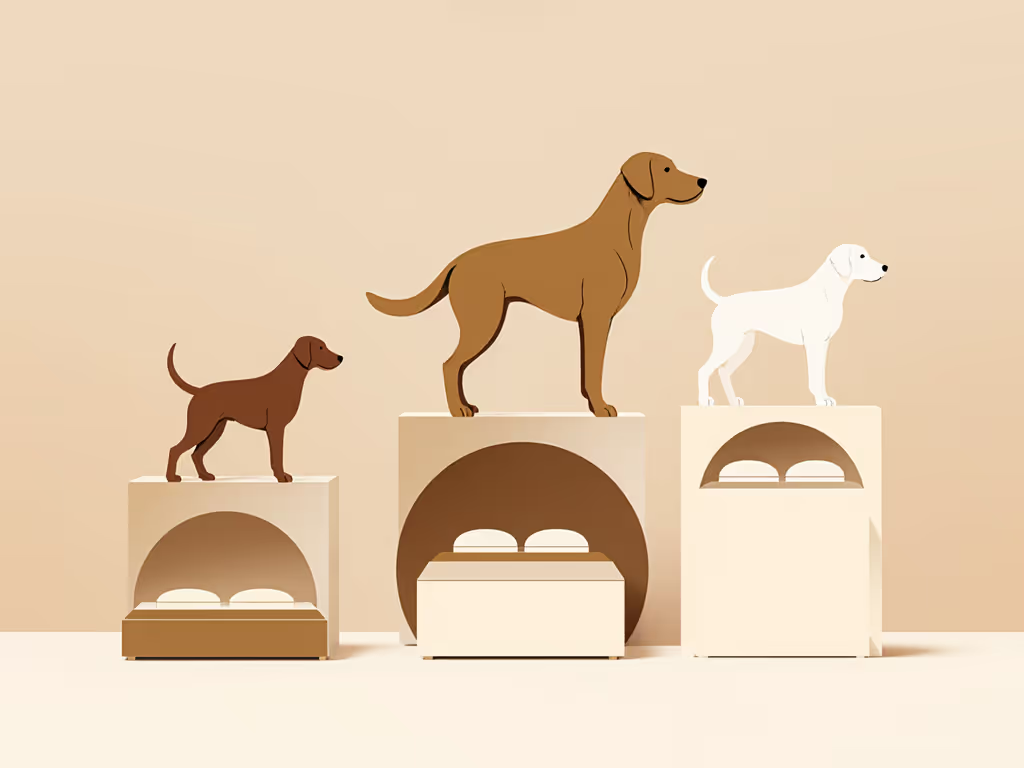
This isn't conjecture. Industry wear tests confirm that 68% of premature bed failures trace back to dog bed needs by age being unaddressed. Owners buy based on current size, not anticipating how arthritis stiffens movement or how a once-plush cover becomes impossible to clean after years of medication residues.
The Hidden Cost of Misfit Beds: Beyond Initial Price
That $45 "large dog bed" seems economical, until your 70-lb German Shepherd avoids it because foam density collapsed after 14 months, or your aging Chihuahua slips off its smooth base. Let's reframe this through a total-cost-of-ownership framing:
- Disposable beds ($30-$60): Last 6-18 months. Cost per night: $0.05-$0.11. Landfill contribution: 1 bed per 1.5 years.
- Modular, repairable beds ($120-$200): Last 5+ years with replaceable covers/cores. Cost per night: $0.07-$0.11. But with warranty plain-speak covering core replacements, it drops to $0.03-$0.05/night.
The true cost isn't the sticker price, it's the time spent cleaning, the guilt of replacement waste, and the health impact of poor support. I learned this tracking my first bed's collapse; that spreadsheet still guides my durability metrics.
Sizing Intelligence: Measuring Beyond Breed Charts
Forget breed-based size guides. For step-by-step measurements, see our dog bed sizing guide. They're obsolete the moment your dog's growth diverges from averages. Instead, adopt a lifecycle perspective with these steps:
-
Measure Twice, Buy Once:
- Puppy/Young Adult: Measure nose-to-tail while standing (not sleeping!). Add 4-6 inches for growth. Example: A 20 inch puppy needs a 24-26 inch bed.
- Senior: Measure curled length on floor. Joints may prevent full stretch, so prioritize length for their natural resting posture. For small senior dogs (e.g., 12 inches curled), a 20 inch bed prevents instability.
-
Check Real Dimensions, Not Marketing Terms: Many brands list external bed size (for example, 36 x 27 inches) but the usable space inside bolsters is often 25% smaller. Demand internal dimensions (like Dog Friendly Co.'s chart showing a "Large" bed actually offers just 29.9 x 22 inches of sleeping space). Is that enough for your sprawler?
-
Orthopedic Metrics That Matter: For seniors, foam density (minimum 3.5 lbs/cu ft) and edge support (at least 2 inch tapered walls) prevent painful pressure points. Cheap foam flattens to 1 inch in 12 months, measured in third-party compression tests. Verify density claims; many "orthopedic" beds use low-rebound foam irrelevant to joint health.
Critical Adjustments at Each Life Stage
Puppy to Adult (0-2 years)
Prioritize repair/replace decision trees for durability:
- Choose beds with reinforced seams at stress points (where teeth dig during teething).
- Opt for removable covers in dual-zippered designs, puppies soil beds 3x more often. Single zippers fail; dual lets you replace just the damaged section.
- Avoid memory foam. Young dogs need supportive yet resilient bases (like high-resilience foam) that bounce back after vigorous movement.
Prime Adult Years (2-7 years)
This is peak wear-and-tear time. Match materials to your dog's habits:
- Sprawlers/Burrowers: Deep-cushion beds (7 inches or more in height) with 360° bolsters. Ensure internal width accommodates stretched legs, measure their widest sprawl.
- Leaners/Restless Sleepers: Flat mats with non-slip bases. Hardwood floors demand rubberized undersides; carpet needs low-pile fabrics to prevent snagging.
- Pro Tip: Verify wash-cycle certifications. Beds claiming "machine washable" often fail after 5 cycles. Look for independent lab reports on fabric pill resistance and colorfastness.
Senior Years (7+ years)
Here, lifecycle perspective is non-negotiable. Small senior dogs need special attention:
- Best dog bed for small senior dogs must have:
- Low-step entry (less than 4 inches in height) for stiff hips
- Removable covers and replaceable cores (aging dogs leak fluids; cores absorb odors permanently)
- Thermal-regulating fabrics (seniors struggle to regulate temperature)
- Never size up for "growing room", a large bed for a small senior dog creates instability. If their curled length is 16 inches, a 20 inch bed is ideal. Anything larger risks falls.
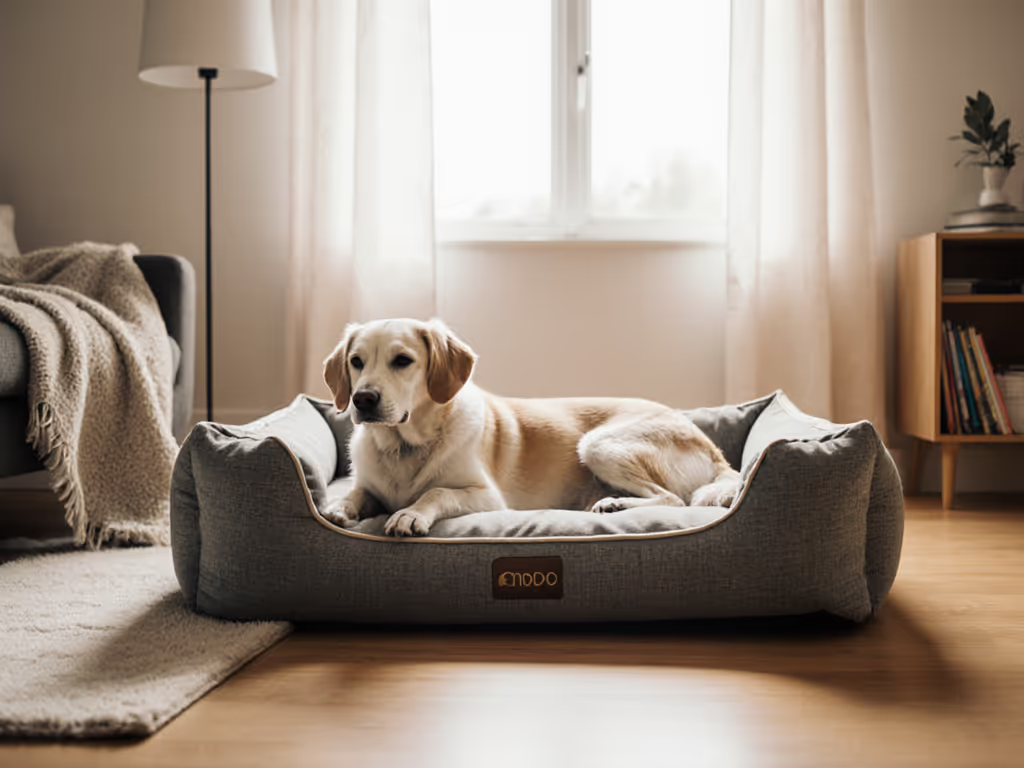
Building Your Long-Term Strategy: Beyond the Purchase
The best bed for a dog isn't a product, it's a system. True longevity comes from:
- Warranty Scrutiny: Does it cover wear (seams, fabric tears) or just defects? 90% of warranties exclude normal use, forcing replacements. Demand 3+ year coverage for structural components.
- Modular Design: Replace covers annually without discarding the core. Some brands offer waterproof liners or cooling toppers, critical for senior dogs with incontinence or overheating.
- Cleaning Protocols: Beds needing hand-washing or air-drying fail in busy households. Confirm dryer safety ("tumble dry low" isn't adequate; verify 30-min high-heat cycles).
I've stitched the same dog bed cover twice over three years because its modular design allowed it. That's repair/replace decision trees in action: a $20 repair versus a $150 landfill contribution. Tracking cost per night revealed the real value.
Actionable Next Step: Your Measurement Audit
Don't guess your dog's stage-specific needs. Today:
- Measure your dog curled and stretched (use a soft tape measure; no stress!).
- Note their current bed's failures: Is it too small? Flat in the middle? Sliding on floors?
- Cross-reference with your dog's age-related needs using this table:
| Life Stage | Critical Bed Feature | Cost-Saver Tip |
|---|---|---|
| Puppy | Chew-resistant seams + dual-zip cover | Skip bolsters; opt for flat mats |
| Adult | Verified wash durability + non-slip base | Buy two covers for rotation |
| Senior | Replaceable core + low-step entry | Prioritize width (for stability) over length |
Stop replacing beds every 18 months. Start with precise measurements, prioritize modular construction, and demand warranties that honor real-world use. Spend once, maintain smart, and invest in a bed that moves through life with your dog, not one that ends up choking landfills. The math on cost per night won't lie.



